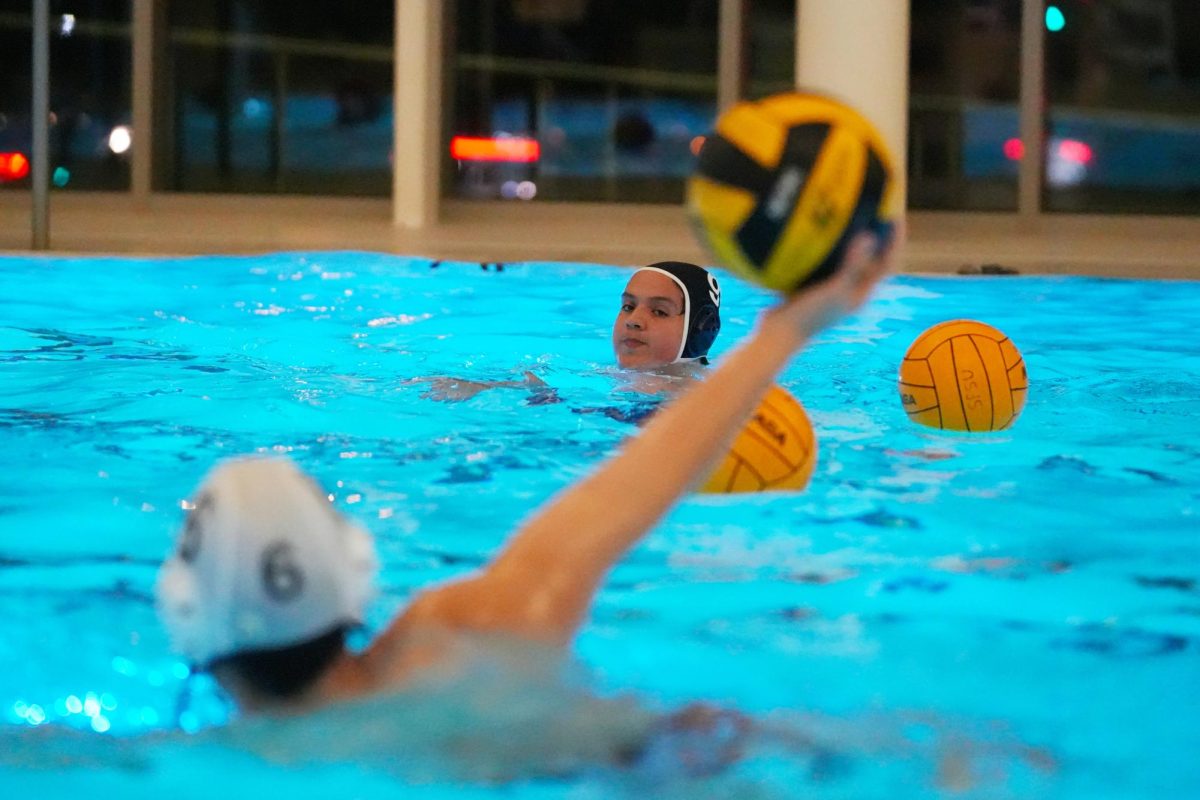Professional gamers and athletes typically don’t coincide with one another in the same sentence, but in 2018, the pair are starting to become widely accepted amongst the sports world.
If you don’t know what “Fortnite” is, just ask any 10-year-old. Chances are they’ll know exactly what you’re asking about and might even mention some kind of ninja. But no, it’s not the type of ninja you’re thinking of.
“Fortnite,” the pop culture phenomenon, is a video game in which 100 players drop onto a virtual island and aim to be the last one standing by building forts and eliminating enemy players by using a plethora of weapons available to them throughout the match.
Tyler ‘Ninja’ Blevins, 26, became the first professional esports athlete to grace the cover of ESPN: The Magazine this past week, and with the cover came new territory for the competitive gaming scene. Blevins, arguably the biggest Fortnite player, joined the likes of Olympic gold medalists, Super Bowl champions and World Cup superstars to land on the cover of the magazine.
For the gaming community, it’s a massive accomplishment.
“I think that ‘Fortnite’ helped push gaming into the mainstream,” said Dan Janes, brand ambassador for the San Fransisco Shock — the city’s “Overwatch” esports team. “I think it’s pretty interesting to see that ESPN is taking another step to recognize what we all in the gaming scene knew for years: that professional gaming takes skill and practice, just like any other conventional sport.”
Janes is a computer science major at SF State, but also doubles as the event manager for Bay Area Gaming, a company that aims to build a centralized platform for all things gaming in the Bay Area.
This newfound limelight for the gaming community has been building up in recent years.
“I don’t think anything really different has changed in the gaming scene, but what I do think has changed is the perception of gaming in the public’s eye,” Janes said. “‘Fortnite’ is the only game other than ‘League of Legends’ where I have seen ‘non-gamers’ playing games.”
Epic Games, the developer of ‘Fortnite,’ just had their biggest month yet, with nearly 80 million people logging in to play their free-to-play game.
“The free platform allows anyone to play the game without having to purchase it,” said SF State business major Brian Gualberto.
In March of this year, Blevins teamed up with rappers Drake and Travis Scott, along with NFL wide receiver sensation JuJu Smith-Schuster, to run a squad game of “Fortnite.”
On the popular streaming platform Twitch, the stream amassed 630,000 concurrent viewers, which obliterated the platform’s previous record of 388,000. A month later, Blevins broke his own record, picking up 667,000 concurrent viewers.
“I mainly started playing ‘Fortnite’ after ‘Call of Duty: World War II’ wouldn’t update their game more often and ‘Fortnite’ started becoming popular,” said business major Ryan Elyahouzadeh. “I’ve always been a fan of ‘Call of Duty,’ but they pretty much forced me to quit once they stopped taking care of their game and ‘Fortnite’ became the next big thing. I hopped on the bandwagon pretty quick.”
The game has morphed Blevins into a household name and has made him the No. 1 athlete with the most social media interactions, with 150 million social interactions in April, according to Hookit.com. He’s currently bigger than every other athlete in the world in terms of popularity.
There are plenty more numbers and milestones that illustrate just how popular competitive gaming is, but the most important one right now would be Epic Games’ current tournament, the Fall Skirmish, in which they’re awarding $10 million in prize money.
Professional gamers from various esport organizations collectively compete in the six-week tournament, with Blevins as one of the marquee competitors.
“The comp scene is unique because this is one of the largest games of all time and they offer such a large prize pool for their tourneys,” said business major Connor Campfield. “They are crafting a competitive and streamer scene at the same time to create a spectacle while trying to keep the casual fan happy as well.”
There hasn’t been a game that’s had the ability to incorporate cross-platform compatibility the way “Fortnite” has.
“‘Fortinite’ creates a growing number of players, allowing for more personalities to shine because 100 people can all play in the same match, something that has never been done before,” Campfield said.
Competitive gaming is here to stay, with its competitors finally earning the respect of those in the sports world.










